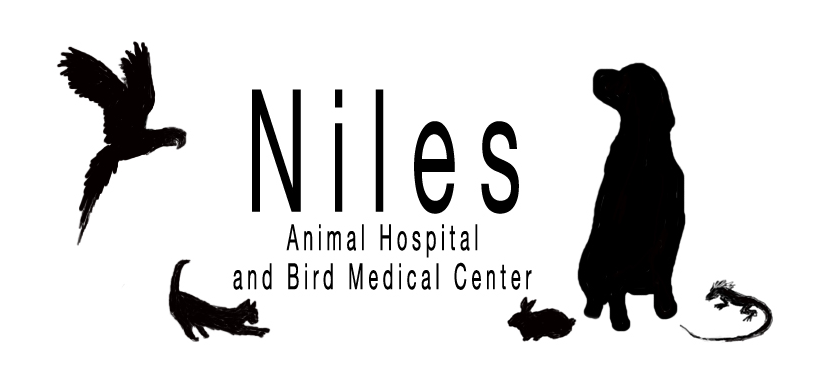Educational Articles
-
This handout outlines the recommended steps to train and condition your dog for taking your dog hunting. It discusses the two main types of hunting dogs (hounds and gun dogs). Recommendations on what to ask your veterinarian before taking your dog hunting are also included.
-
This article outlines general guidelines on food intake and supplementation for iguanas. Opinions vary on the nutritional needs of captive iguanas and our knowledge in the subject is continually expanding based on new dietary studies in reptiles. Check with your veterinarian for specific nutritional needs for your pet iguana.
-
This handout outlines the basic housing requirement for a pet iguana, including cage or tank size, bedding, heating, and UV light, along with cleaning requirements. Consult a veterinarian familiar with reptiles if you have any questions or concerns about proper lighting or other housing issues for your iguana.
-
Iguanas make fairly good pets for the right owner. Since they can live up to 15 years and can grow up to 6 feet, proper housing and space must be considered for the long term care. Proper care, housing and nutrition is essential to help your iguana live a healthy life.
-
Iguanas face several health problems that will need veterinary intervention for treatment or resolution. Cystic calculi, dystocia, avascular necrosis and dysecdysis are all common problems that will need medical attention sooner rather than later.
-
Vaccinations are important to prevent serious illness in cats. Even cats that spend all their time indoors should be vaccinated. Some viruses can be carried into your home on inanimate objects such as shoes and clothing, therefore infecting your cat without her coming into contact with another animal. Your veterinarian is your most important resource in determining what vaccinations you need to give your cat to keep her protected.
-
Vaccinations are important to prevent serious illness in dogs. Even dogs that spend all their time indoors should be vaccinated. Some viruses can be carried into your home on inanimate objects such as shoes and clothing, therefore infecting your dog without him coming into contact with another animal. Your veterinarian is your most important resource in determining what vaccinations you need to give your dog to keep him protected.
-
Cats are curious by nature, which can lead them into trouble, especially when they ingest items not meant to be eaten, such as thread, wool, paper, rubber bands, plant materials, and small toys. While some will pass through the digestive tract, some foreign bodies can cause serious problems. This handout explains foreign bodies in the intestinal tracts of cats and reviews clinical signs, diagnostic tests, treatment, and the prognosis of these situations.
-
This handout discusses the anatomy of the cat’s ear canal, how to safely clean your cat’s ears to prevent ear infections, and how to apply topical ear medications if needed.
-
This handout discusses the anatomy of the dog’s ear canal, how to safely clean your dog’s ears to prevent ear infections, and how to apply topical ear medications if needed.

